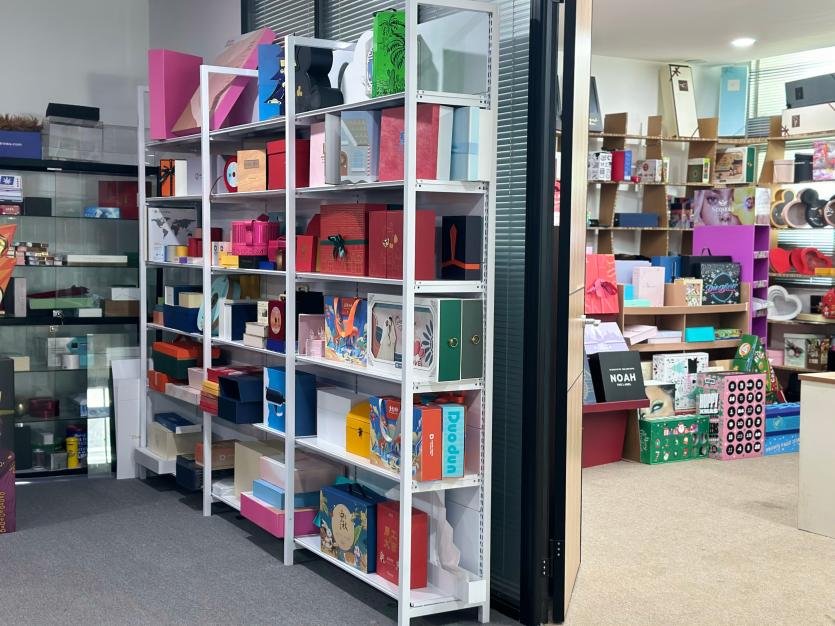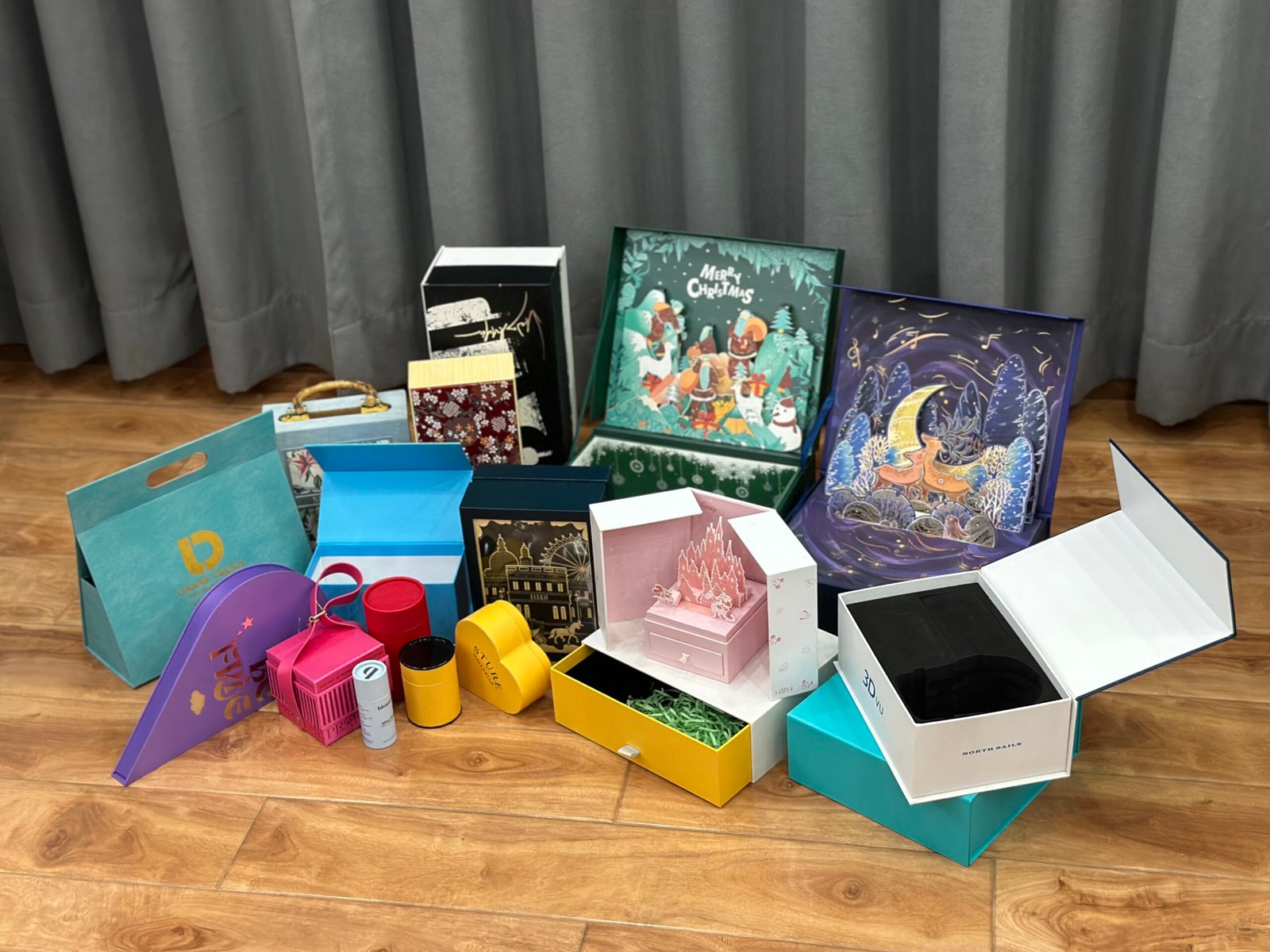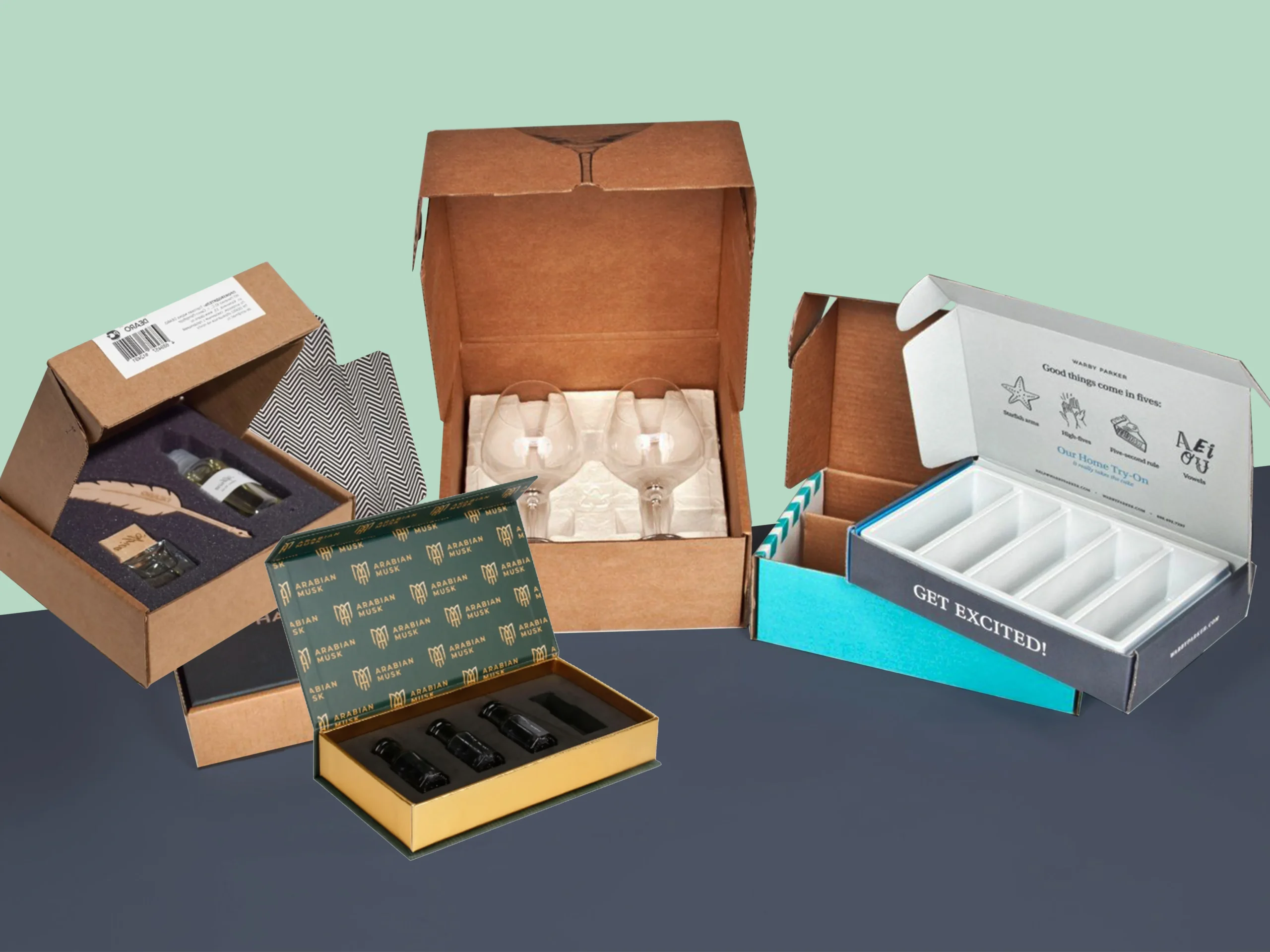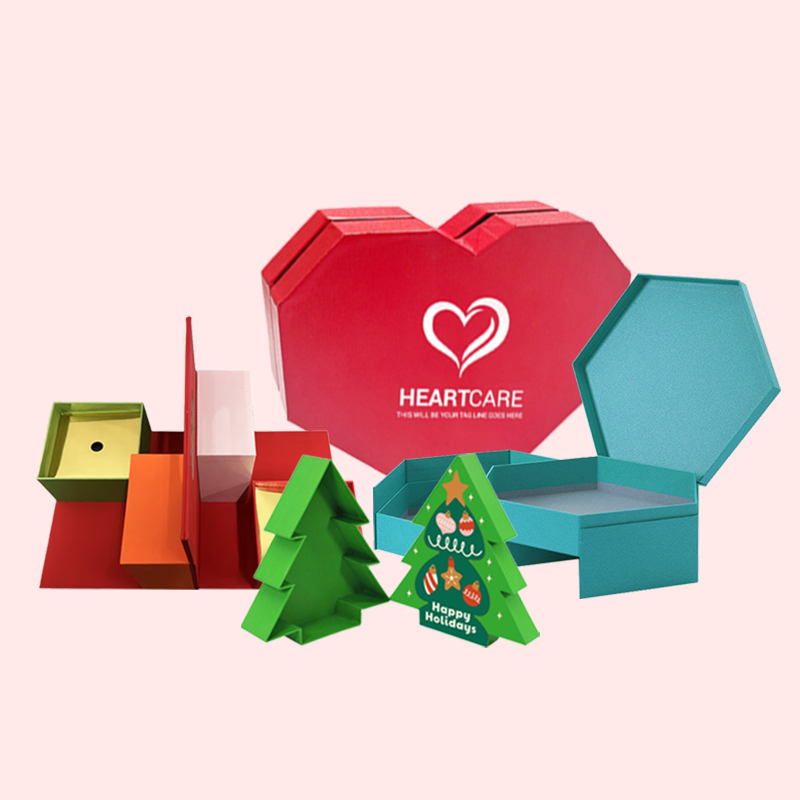Feeling lost in a sea of brown boxes? Your competitors are winning customers with memorable packaging. I'll show you how leading brands use custom boxes to stand out.
Leading eCommerce brands stand out by using custom packaging to create a unique unboxing experience. They use distinctive structural designs, bold branding, and sustainable materials to engage customers, reinforce their brand story, and encourage social sharing, turning a package into a powerful marketing tool.

It is clear that custom packaging is more than just a box; it is a conversation with your customer. Over my 16 years in this industry, I have seen how a thoughtful design can completely change how a customer sees a brand. But you might be wondering where to even start. Let's break down the practical strategies you can use to make your packaging truly shine. Getting this right is the first step toward building a brand that people remember and talk about long after they open the box.
How can a company make their packaging stand out?
Your packaging blends in with the competition and fails to capture attention. This makes your brand easily forgettable. I will show you how to make simple changes for a huge impact.
To make your packaging stand out, focus on three things: unique structure, bold visual identity, and tactile materials. Combining an interesting box shape with your distinct brand colors and quality paper creates a memorable physical experience. Personalized inserts elevate it even further.

Making a package stand out is about engaging the senses. In my experience, designers like Peter often have to balance creativity with budget, and paper boxes offer a fantastic canvas for this.
Key Design Elements
The first thing a customer notices is the shape and look of the box. You do not always need a complex, expensive structure. A standard mailer box can feel special with a full-color print inside and out. The design should be clean and instantly recognizable as yours. Paper boxes are great here because their surfaces are perfect for printing vibrant colors and sharp graphics. Adding a finish like a soft-touch matte laminate or a glossy spot UV on your logo can make a simple box feel much more premium without a huge increase in cost.
The Power of Personalization
What is inside the box matters just as much as the outside. A generic "thank you" is good, but a personalized note makes the customer feel seen. Think about including custom-printed tissue paper, branded stickers, or even a small, unexpected gift. I once worked with a skincare company that included a small sample of a new product with each order. Their customers loved the surprise, and it also helped introduce a new product line. These small touches transform a transaction into a personal interaction and make the unboxing feel like a curated experience.
How can e-commerce businesses use packaging to differentiate themselves from competitors?
Your excellent products arrive in dull packaging, getting lost in the e-commerce noise. Competitors may be stealing your thunder with better presentation. Let's turn your box into a competitive advantage.
E-commerce businesses can differentiate by using packaging to tell a brand story. Create a unique unboxing experience, champion sustainability with eco-friendly materials, or design a box so beautiful that customers share it online. This adds value beyond the product itself.

In a crowded online market, your package is your storefront. It is your chance to make a physical impression that a website cannot. Differentiation comes from making that impression unique and aligned with your brand's core values.
Storytelling Through a Box
Your packaging should reflect your brand's personality. Is your brand playful and fun? Use bright colors and whimsical illustrations. Is it luxurious and sophisticated? Opt for minimalist design, elegant fonts, and high-quality materials. I remember a coffee brand client who wanted to convey their "bean-to-cup" journey. We designed a box with graphics that illustrated the farming and roasting process. When customers opened it, they felt more connected to the product's origin. The box did not just hold coffee; it told the product's story. This is something a plain brown box can never do.
The Sustainability Angle
Today, many customers actively choose brands that share their values. Sustainability is a big one. Using eco-friendly packaging is a powerful way to differentiate. Paper-based packaging is a fantastic choice because it is often recyclable and biodegradable. Clearly printing "100% Recyclable" or "Made from Recycled Materials" on your box communicates your commitment to the environment. This simple message can be the deciding factor for an environmentally conscious shopper choosing between you and a competitor. It aligns your brand with a positive movement, which builds a much deeper connection than branding alone.
What role does packaging play in e-commerce?
Many see packaging as just a cost. But this ignores the most critical touchpoint with your online customer. Let's explore how packaging is not an expense, but an investment.
In e-commerce, packaging is your brand's physical handshake. Its primary role is protection. Beyond that, it acts as a silent salesperson, communicating your brand's identity and values, and creating a memorable experience that encourages repeat business and referrals.

In e-commerce, there is no physical store, no smiling cashier. The package that arrives on your customer's doorstep is the first tangible piece of your brand they will touch. Its role goes far beyond simply holding an item. Over the years, I have seen it serve three core functions that are crucial for success.
The Foundational Role: Protection
First and foremost, the package must protect the product. If an item arrives damaged, the brand experience is ruined, no matter how beautiful the box is. Paper boxes offer good protection, especially when you choose the right thickness and structure. For fragile items, custom-engineered inserts1 are key. For heavier products, we recommend double-walled corrugated cardboard. One major weakness of standard paper is water. That is why for certain products, we advise adding a protective coating or using an inner waterproof bag. The goal is to match the packaging structure2 directly to the product's needs, ensuring it arrives in perfect condition.
The Communicator: Your Brand's Voice
The packaging is a three-dimensional billboard for your brand. Its visual design and material choice communicate volumes before it is even opened. For example, a raw, brown kraft box with simple black print says "natural, organic, and eco-friendly." A sleek, black box with a silver foil stamp says "luxury, exclusive, and premium." The texture of the paper, the quality of the print, and the colors you choose all work together to tell your brand story and manage customer expectations about the product inside.
How does brand packaging contribute to brand equity3?
You spend heavily on marketing, but your brand lacks recognition. Each plain box you ship is a wasted chance to build brand value. Your packaging can build the equity you seek.
Packaging builds brand equity3 by making your brand instantly recognizable. Consistent use of logos, colors, and unique shapes increases awareness. High-quality packaging improves perceived value, creates positive associations, and fosters the loyalty that defines strong brand equity3.
[^3]](http://gifts-pack.com/wp-content/uploads/2025/07/packaging-builds-brand-equity-by-mak.jpg)
Brand equity is the value a company generates from a product with a recognizable name when compared to a generic equivalent. It is about trust, recognition, and perceived quality4. Your packaging is one of the most effective tools for building it.
Building Brand Awareness and Recognition
Think about the iconic Tiffany & Co. blue box. You know the brand before you even see the name. That is brand equity3. Consistent, distinctive packaging works the same way for any e-commerce brand. Every time a customer sees your branded box on their porch, in their home, or in an unboxing video online, it reinforces your brand's identity. The wide, flat surfaces of paper boxes are ideal for this, providing a large canvas for your logo, brand colors, and unique design patterns. This repetition builds familiarity, which is the first step toward brand recognition.
Enhancing Perceived Quality
The quality of your packaging directly influences the perceived quality4 of your product. A flimsy, poorly designed box suggests the product inside might also be low-quality. On the other hand, a sturdy, well-crafted box with thoughtful design elements signals that the brand cares about quality and its customers. While paper boxes can sometimes be seen as less premium than materials like wood or metal, this can be easily overcome. Finishes like embossing, debossing, or foil stamping, combined with a well-engineered structural design, can elevate a paper box to feel just as luxurious and special. The weight and texture of the box contribute to a feeling of substance and value.
Conclusion
Ultimately, custom packaging is more than a box. It is your most powerful tool to stand out, create a lasting impression, and build true brand loyalty in e-commerce.
-
Find out how custom inserts can protect fragile items and improve the overall packaging experience. ↩
-
Learn about the critical role of packaging structure in ensuring product safety and customer satisfaction. ↩
-
Explore how effective packaging can enhance your brand's value and recognition in the competitive e-commerce landscape. ↩ ↩ ↩ ↩
-
Discover how the right packaging can elevate the perceived quality of your products and enhance customer trust. ↩ ↩






